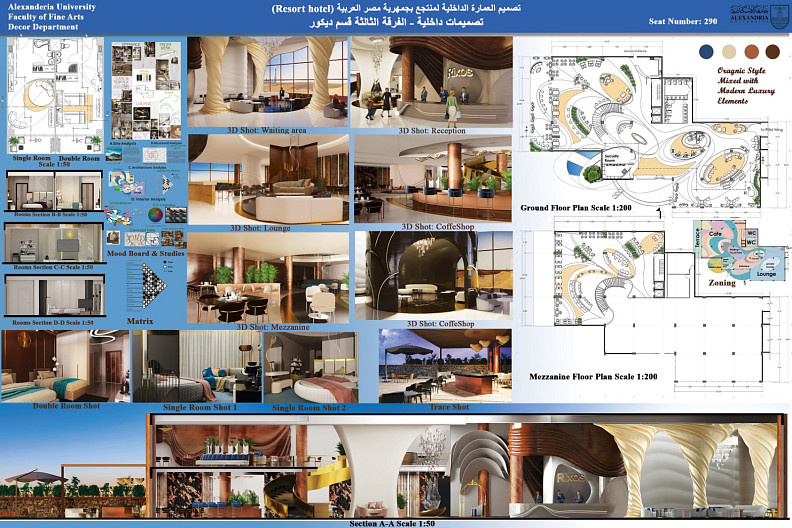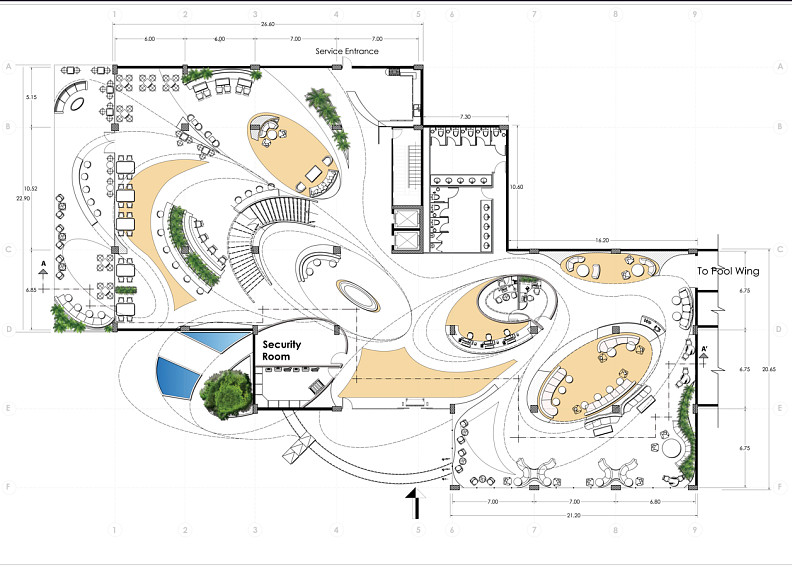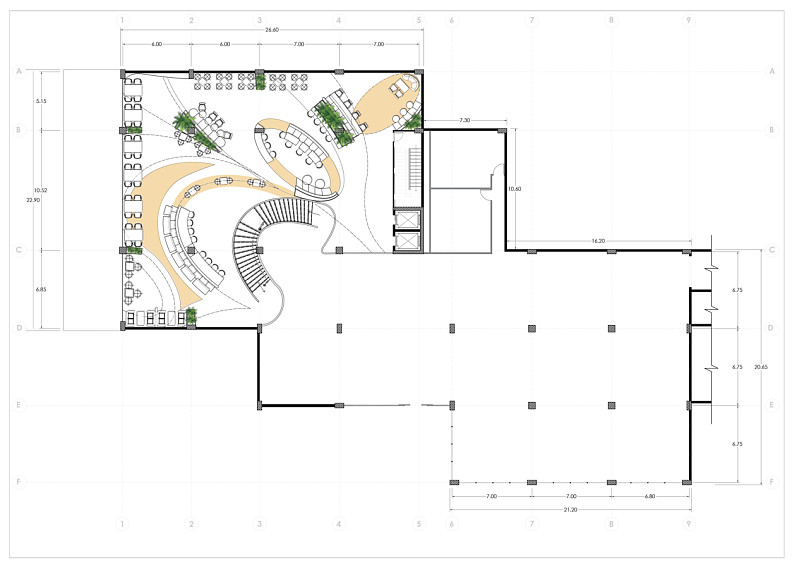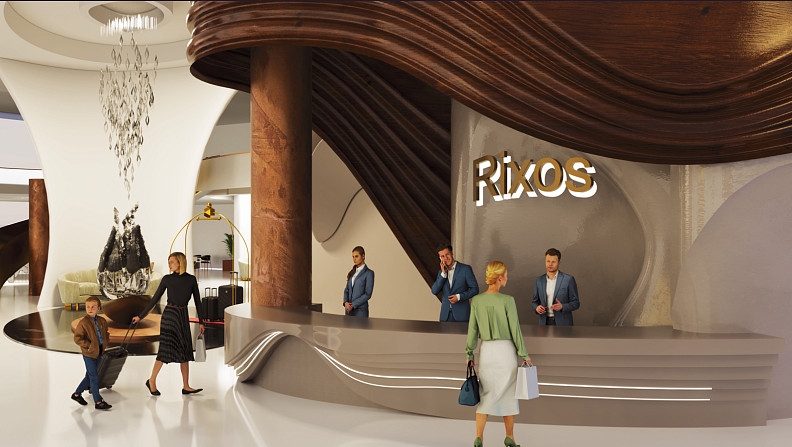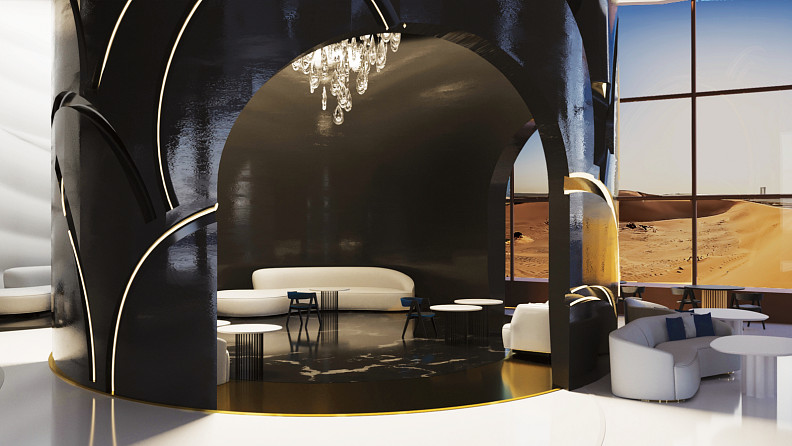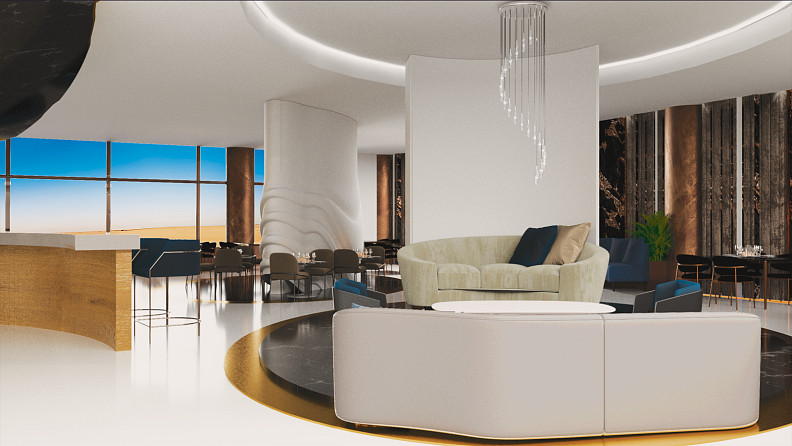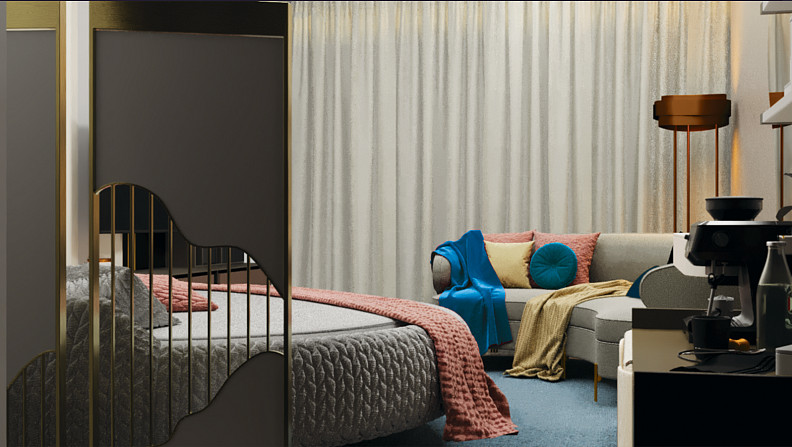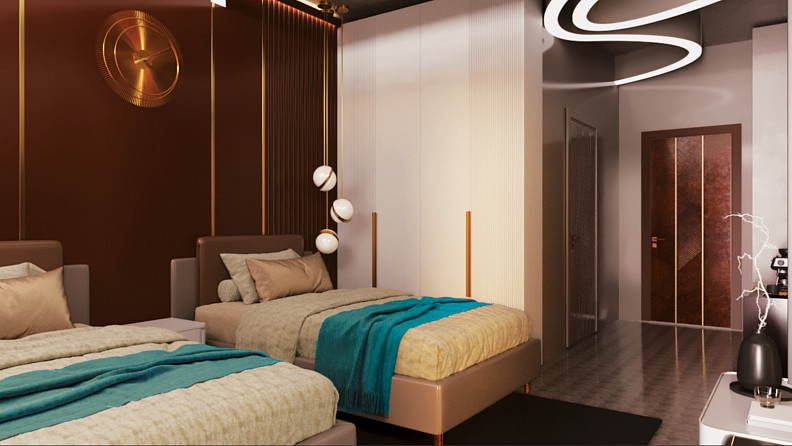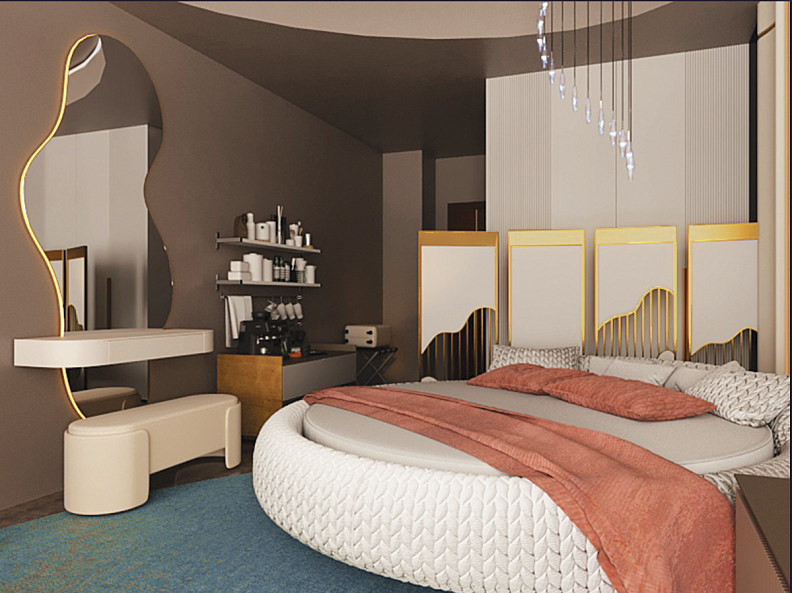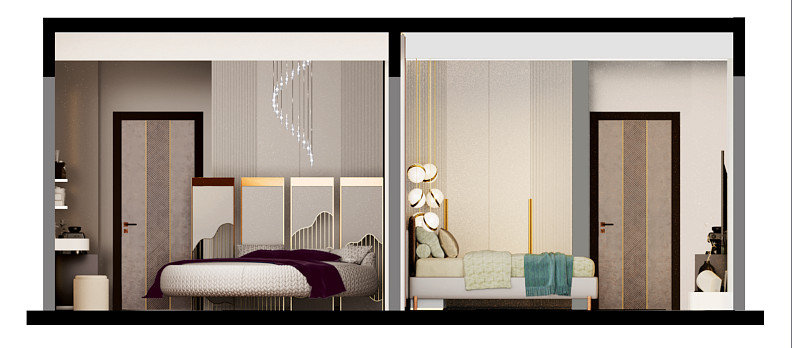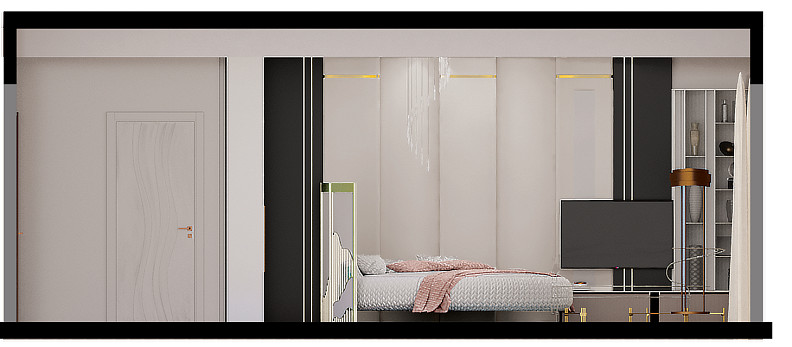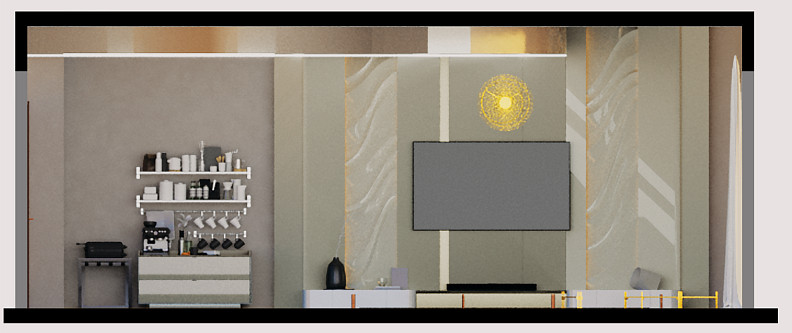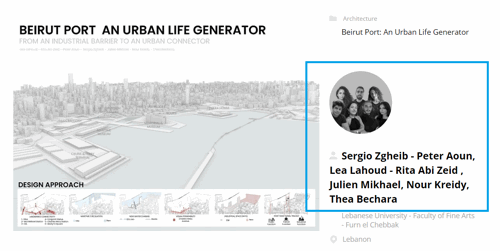Rixos Harmonia Resort – Sustainable Resort by the Red Sea

Project idea
The Rixos Resort is conceived as a sustainable luxury resort that harmonizes architecture with the natural landscape of Sinai, Egypt. The project draws inspiration from Gaia, the ancient Greek embodiment of Earth, symbolizing balance, regeneration, and organic connection between humans and nature.
The idea centers on redefining the notion of luxury through ecological sensitivity, cultural integration, and environmental consciousness. The design embraces the desert’s raw topography and the Red Sea’s tranquil horizon, transforming them into architectural elements that enhance both aesthetic and climatic performance.
The project’s core objective is to create an immersive, biophilic experience where natural systems and built forms coexist in equilibrium. Architecture becomes a living organism — one that breathes, shelters, and responds to its environment through passive cooling, natural ventilation, and solar-powered systems.
The main goals of the project are:
- To establish a new standard for sustainable hospitality that merges environmental awareness with refined elegance.
- To employ locally sourced, recyclable, and low-VOC materials to minimize carbon footprint and promote regional craftsmanship.
- To integrate passive design strategies and renewable energy systems aligned with climate-responsive design principles.
- To foster guests’ connection with nature through spatial transparency, sensory comfort, and landscape continuity.
Aligned with the United Nations Sustainable Development Goals (SDGs), the project contributes to:
- SDG 11 (Sustainable Cities and Communities) by promoting environmentally integrated, contextually rooted architecture.
- SDG 12 (Responsible Consumption and Production) through ethical material sourcing and waste reduction.
- SDG 13 (Climate Action) by reducing energy dependency and enhancing thermal efficiency through passive systems.
Through this approach, Rixos Resort aspires to redefine luxury in architecture — not as excess, but as harmony, balance, and respect for the natural world.
Project description
The Rixos Resort project encompasses the comprehensive architectural and interior design development of a sustainable luxury resort in Sinai, Egypt. The project’s scope extends from master planning to interior detailing, uniting environmental responsibility with refined hospitality design.
The resort is composed of interconnected architectural zones including guest villas, wellness and spa pavilions, fine dining areas, beach lounges, and community courtyards — all arranged around an organically shaped central axis that follows the site’s natural contours. This spatial organization ensures seamless circulation, privacy, and uninterrupted visual connection with the desert and sea.
1- Architectural Strategy:
The design adopts an organic layout inspired by the shifting dunes and rock formations of Sinai, where built volumes emerge as natural extensions of the landscape. Rooflines are softly contoured to blend with the horizon, while shaded walkways, pergolas, and water features regulate temperature and create comfortable microclimates.
2- Material Palette:
Natural limestone, rammed earth walls, and locally sourced beech pine define the resort’s tactile identity. Surfaces are treated with low-VOC finishes to promote healthy indoor air quality. Recycled aluminum frames and solar-integrated shading panels provide both durability and energy efficiency, while woven palm textures and sand-toned fabrics reference the local craft heritage.
3- Lighting and Environmental Systems:
Energy-efficient LED systems, daylight sensors, and solar power integration reduce energy consumption across all functional zones. The design employs a layered lighting concept combining indirect coves, concealed tracks, and ambient fixtures to emphasize natural textures and architectural rhythm.
4- Sustainability Integration:
Passive ventilation, optimized orientation, and thermal insulation minimize mechanical load and cooling demand. Greywater recycling and low-flow fixtures contribute to water conservation. Indigenous vegetation and xeriscaping techniques reduce irrigation needs and support biodiversity.
5- Scope of Delivery:
The project includes architectural design, interior detailing, material specification, lighting coordination, and environmental systems integration, ensuring a holistic and contextually responsive outcome that embodies the principles of sustainable luxury.
Technical information
Rixos Resort integrates advanced sustainable technologies with locally inspired craftsmanship to achieve a balance between environmental efficiency and refined luxury.
1- Structural System:
- Reinforced concrete framework with concealed beams and thermally insulated roofing.
- Load-bearing walls in selected zones constructed using rammed earth and locally quarried limestone to enhance thermal mass and reduce embodied energy.
- Foundations designed to minimize land disturbance and preserve the natural topography of the site.
2- Materials and Finishes:
- Exterior: Natural limestone cladding and rammed earth panels treated with breathable sealants.
- Interior: Beech pine wood finishes with low-VOC coatings; sand-colored lime plaster walls for humidity regulation.
- Flooring: Locally sourced stone slabs and porous ceramic tiles ensuring slip resistance and durability.
- Metalwork: Recycled aluminum elements with electrostatic matte finish for corrosion resistance.
- Fabrics and Detailing: Organic cotton, woven palm fibers, and locally hand-crafted textures emphasizing sustainable luxury aesthetics.
3- Lighting and Electrical Systems:
- 100% LED lighting with daylight sensors and smart dimming controls.
- Solar-integrated pergolas powering public zones and exterior walkways.
- Magnetic track systems in indoor areas allowing flexible light adjustment.
4- HVAC and Environmental Systems:
- Passive cooling supported by cross-ventilation and double-height air shafts.
- Hybrid HVAC system with energy recovery ventilation (ERV) units reducing energy demand by 35%.
- Greywater recycling system and low-flow fixtures minimizing water waste.
5- Energy and Sustainability Features:
- Solar energy panels integrated into shading canopies and rooftops.
- Thermal insulation layers under roofs and floors for energy efficiency.
- Xeriscaping with native desert plants to minimize irrigation.
- Recyclable and locally sourced materials aligning with SDG 12 (Responsible Consumption and Production).
- Passive design strategies contributing to SDG 13 (Climate Action) through reduced carbon emissions and energy load.
6- Execution Scope:
- The project covers architectural, interior, lighting, and environmental systems coordination, ensuring a fully integrated design solution that meets international sustainability and hospitality standards.
